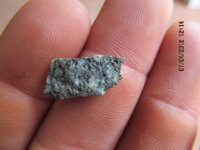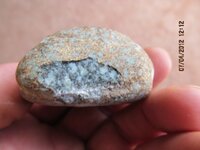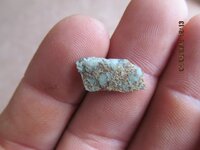ugunaeatthat?
Jr. Member
- Jun 22, 2012
- 26
- 0
- Detector(s) used
- Garrett Ace 350
- Primary Interest:
- All Treasure Hunting
Hello treasure hunters,
I'm new to rock hounding and have several pieces that I brought home even though I know next to nothing about each of them. I am supposed to be out there using my metal detector but keep getting sidetracked with the cool looking rocks in my path.
Here are 2 that I'm most curious about and I'm going to post several others shortly. I have never seen that color of blue in a rock before and am wondering how it came to be, also are those quartz crystals?
In the other rock it looks like elongated crystals kinda swirling around? I have never found another rock even close to this one and am hoping for some help identifying it.
Any info at all would be a huge help and much appreciated.
Thanks you guys.
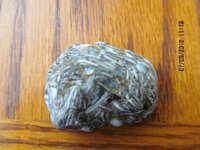
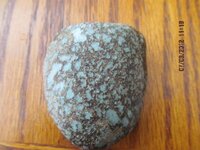
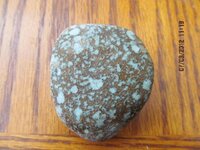
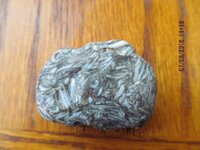
I'm new to rock hounding and have several pieces that I brought home even though I know next to nothing about each of them. I am supposed to be out there using my metal detector but keep getting sidetracked with the cool looking rocks in my path.
Here are 2 that I'm most curious about and I'm going to post several others shortly. I have never seen that color of blue in a rock before and am wondering how it came to be, also are those quartz crystals?
In the other rock it looks like elongated crystals kinda swirling around? I have never found another rock even close to this one and am hoping for some help identifying it.
Any info at all would be a huge help and much appreciated.
Thanks you guys.






